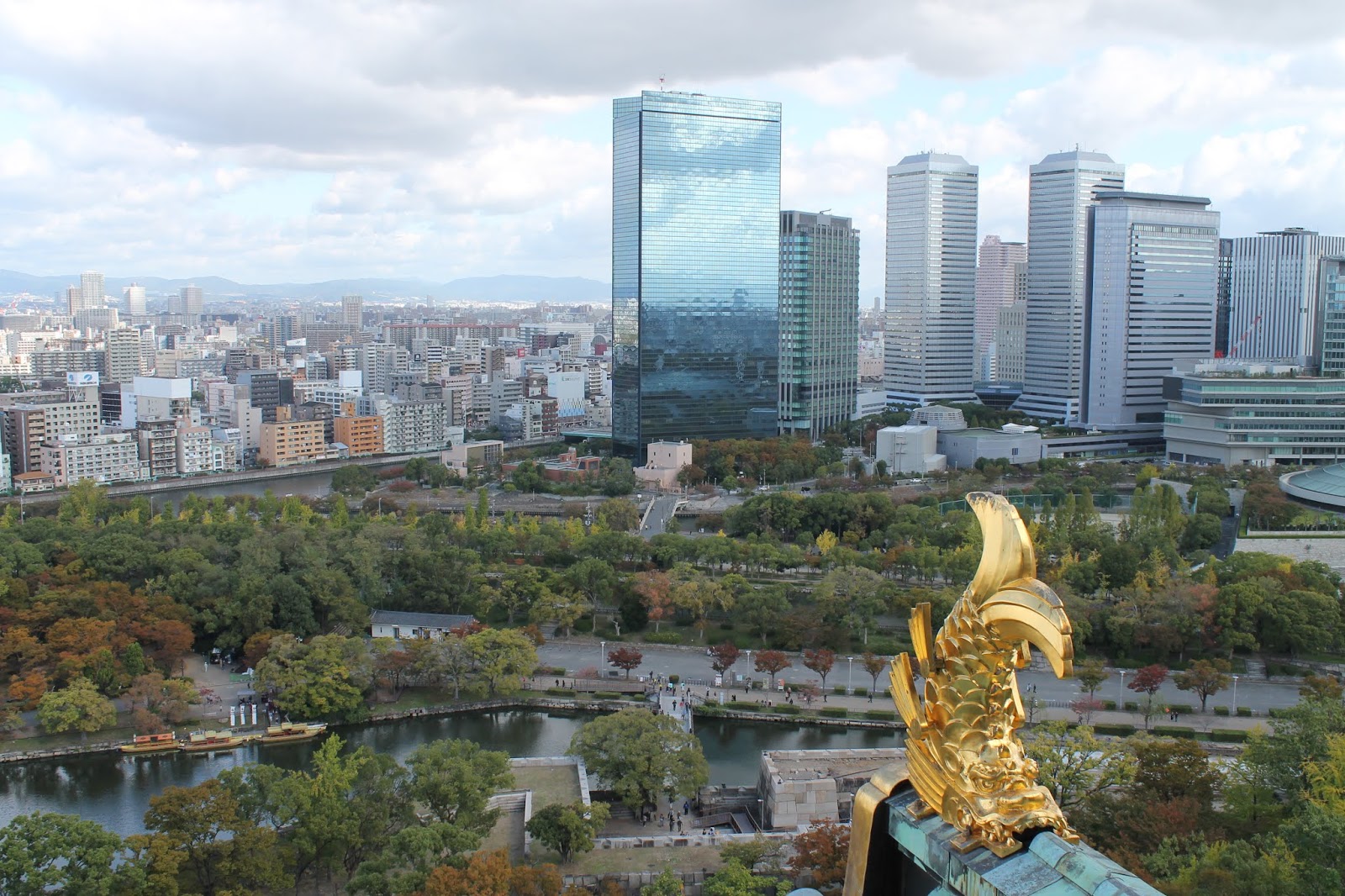Ishiyama Honganji Era
In 1496 a high-ranking monk of the residence built near the site of present-day Joudoshinshu sect had a monastic Osaka Castle. This eventually grew into a large temple known as Ishiyama (Osaka) to Nobunaga Oda during his campaign Honganji. The temple boasted great power and influence until 1580 when it yielded of national unification and was bummed to the ground.
Osaka Castle under Toyotomi
After the death of Nobunaga Oda, Hideyoshi Hashiba (Toyotomi) took control of political affairs and began construction of a castle on the site of Ishiyama Honganji in 1583. He built a castle befitting the permanent residence of the ruler of Japan. However, after his death, political control moved to the Tokugawas and the castle fell during the Summer War in Osaka 1615.
Reconstruction by the Tokugawa Shogunate
By command of the second shogun, Hidetada, reconstruction of Osaka Castle began in 1620. It was a large-scale reconstruction that took 10 years to complete. In 1665 the Main Tower was destroyed by a lightning strike. However the castle played a major role as the base for the Shogunate's control of Western Japan. Many buildings were later destroyed by fires during the turbulent transition to imperial restoration.
Reconstruction of the Main Tower in the Showa Period
After the Meiji period, the site of Osaka Castle was used by the army. During this time, in 1931, public efforts and enthusiasm brought about the reconstruction of the Main Tower, and it was included in the list of Registered Cultural Properties of Japan in 1997. The area around the Castle was damaged during the bombing raids of World War II, but restored and turned into a historic site park after the war.






